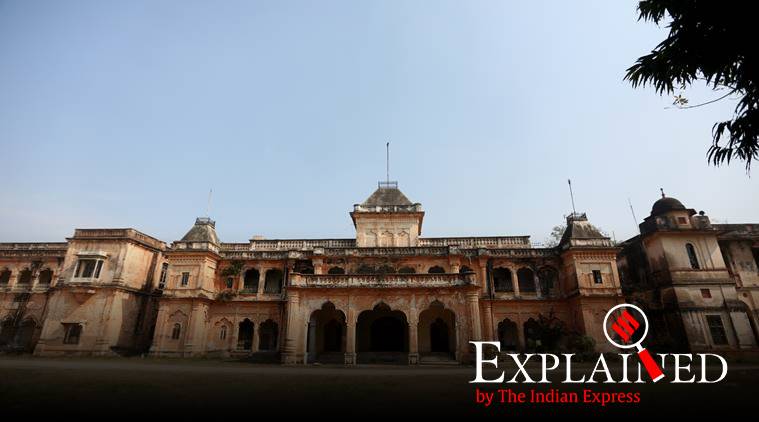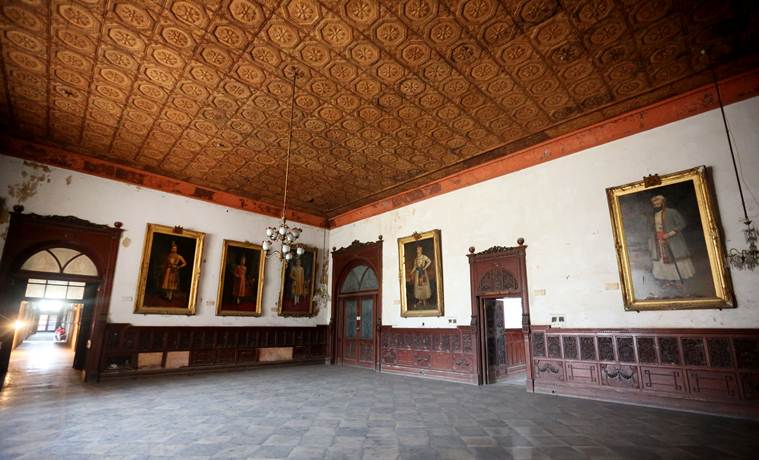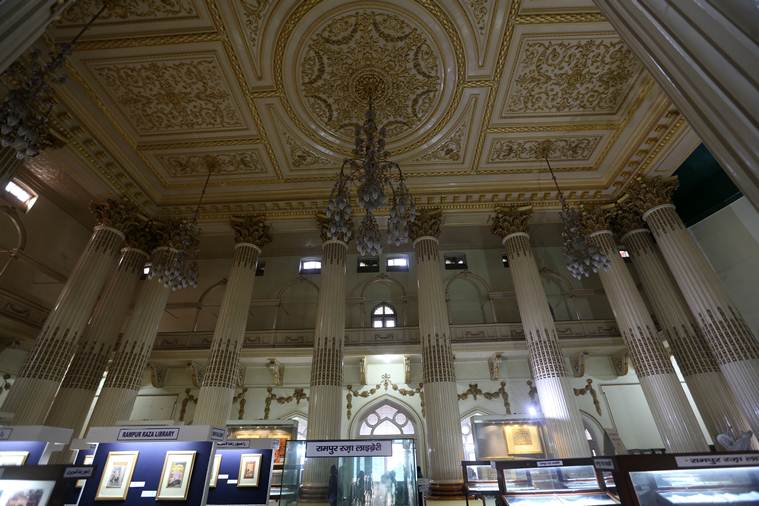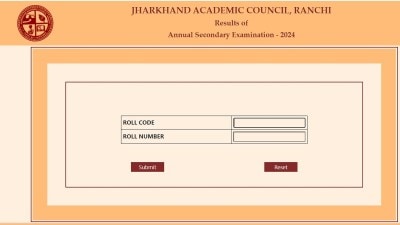- India
- International
Explained: The state of Rampur, the history of a family and a dispute
Rampur, under Nawab Raza Ali, was the first kingdom to accede to India in 1949, becoming the only Muslim-majority district in Uttar Pradesh.
 The 450-acre Khas Bagh Kothi has 220 rooms. (Express Photo by Gajendra Yadav)
The 450-acre Khas Bagh Kothi has 220 rooms. (Express Photo by Gajendra Yadav)
Erstwhile royals of the state of Rampur in Uttar Pradesh are fighting over the assets and legacy of Nawab Raza Ali Khan, who acceeded to the Indian Union at the time of Independence. The Supreme Court ended India’s longest running civil dispute last year, and the process of evaluating the inheritance is currently ongoing.
The Indian Express reported on Monday (February 17) on the suspense building around a locked strong room in a massive building owned by the former royals, which the authorities have failed to enter after multiple attempts.
The state of Rampur
The state of Rampur was founded by Nawab Ali Muhammad Khan, the adopted son of Sardar Daud Khan, the chief of the Rohillas in Northern India. The Rohillas were Afghans who entered India in the 18th century as the Mughal Empire was in decline, and took control of Rohilkhand, at the time known as Katehr.
In 1737, Nawab Muhammad Khan received the territory of Katehr from Emperor Muhammad Shah, only to lose everything to Nawab Wazir of Oudh in 1746. Two years later, he assisted Ahmad Shah Durrani in his conquest of India, recovering all his former possessions.
Over the next two centuries the Rampur royals, earlier a warring clan, struck deep roots, and with the blessings of the British, began to build one of the richest principalities in the country.
After Independence

Rampur, under Nawab Raza Ali, was the first kingdom to accede to India in 1949, becoming the only Muslim-majority district in Uttar Pradesh. Soon after accession, the Nawab handed over the official royal residence, the Rampur Qila or Fort, built in 1775, to the Indian government, along with a several other properties such as the royal complex, which is now used as the district collectorate that houses the offices of the District and City Magistrates.
 The attempt to open the strong room is part of evaluation of the royal inheritance being done by the Rampur district court. (Express Photo by Gajendra Yadav)
The attempt to open the strong room is part of evaluation of the royal inheritance being done by the Rampur district court. (Express Photo by Gajendra Yadav)
In return, the Indian government bestowed two key rights to the Nawab — he was granted full ownership of the properties, and guaranteed succession to the gaddi or rulership of the state based on customary law, which gave exclusive property rights to the eldest son.
When Raza Ali Khan died in 1966, he had three wives, three sons, and six daughters. His eldest son Murtaza Ali Khan succeeded him as head of the state, as per custom. The government recognised him as the sole inheritor of all his father’s private properties, and issued a certificate to this effect. But his brother challenged this in the civil court.
There are five royal properties left with the Rampur royals, now up for division between the different branches of the family. These include the summer residence, the Khas Bagh Kothi, the Benazir and Shahbad Kothis, the Sarhari Kunda, and the Rampur royals’ railway station, built for the exclusive use of the royal family.
Patrons of the arts, culture
The Rampur royals have played an important role in the socio-cultural history of the Ganga-Yamuna belt. They run the Amir Raza library in Rampur, once known as the official darbar of the Nawab, which is home to some 15,000 manuscripts in Arabic, Urdu, Persian and Turkish, as well as a seventh-century Quran.
The library also houses 2,500 specimens of Islamic calligraphy, 5,000 miniature paintings, and 60,000 printed books, besides the extremely rare Persian translation of Valmiki’s Ramayana, which is believed to have been Emperor Aurangzeb’s personal copy.
📢 Express Explained is now on Telegram. Click here to join our channel (@ieexplained) and stay updated with the latest
 Raza library in Rampur. (Express Photo by Gajendra Yadav)
Raza library in Rampur. (Express Photo by Gajendra Yadav)
In the 19th century, the royals established courts of law and a standing army, and built irrigation works. In the 20th century, they set up sugar and textile mills.
Many Hindus were employed in senior administrative positions in the state. Nawab Raza Ali Khan was known to have written poetry in Bhojpuri for Holi.
The Rampur court was also a great patron of the arts, and is known to have patronised Ghalib and Begum Akhtar, as well as the tabla player Ahmad Jan Thirakwa, sarangi player Bundu Khan, sarod player Fida Hussein Khan, been player Wazir Khan, and the kathak dancers Acchan Maharaj and Kalka Prasad.
More Explained
EXPRESS OPINION
Apr 19: Latest News
- 01
- 02
- 03
- 04
- 05








































